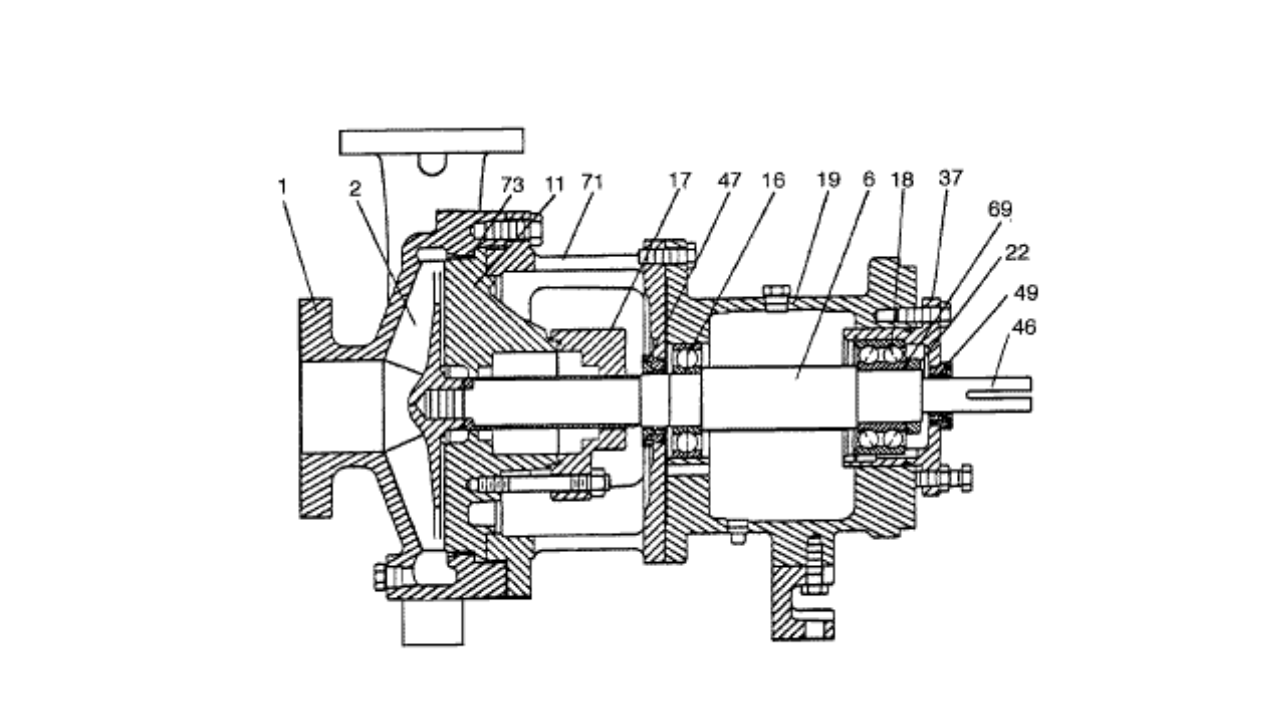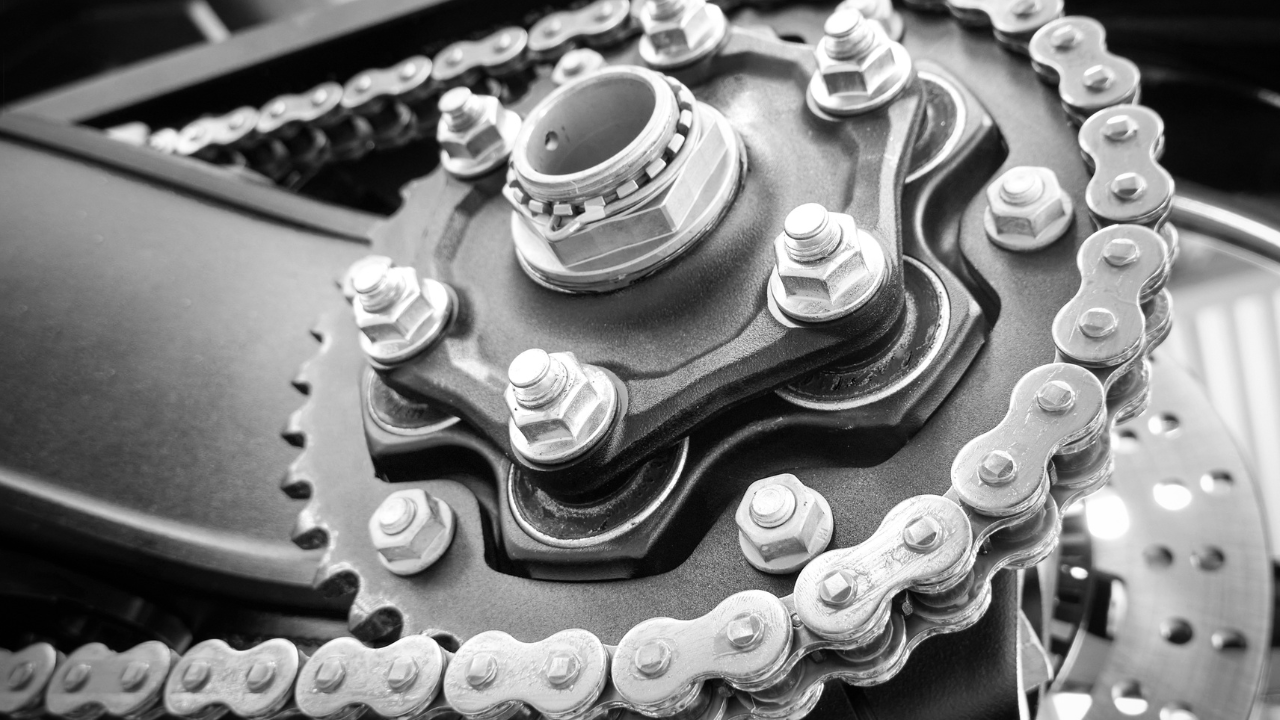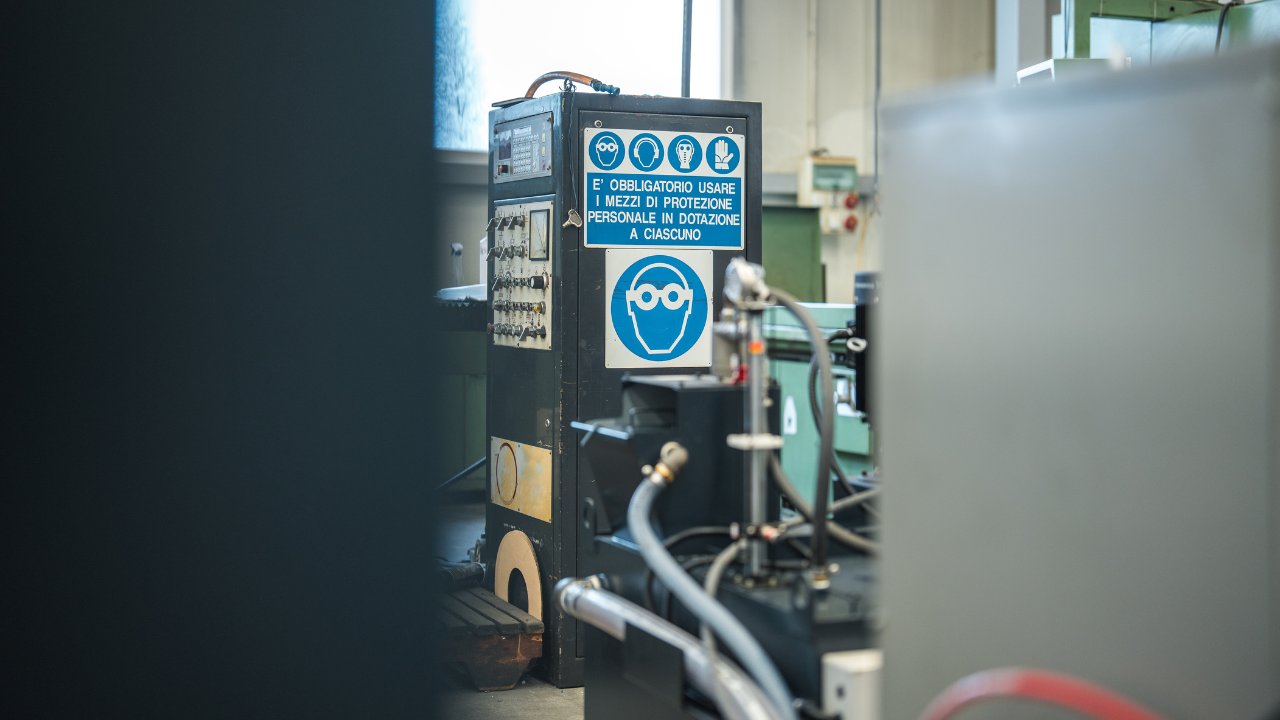Eliminate Belt Drive Problems
Machinery and Equipment MRO
Use the proper tools and a good pair of eyes to eliminate almost all your belt drive problems.
Did you know that premature belt drive failures can be attributed to just a half-dozen commonly encountered problems? Or that all it takes to solve these problems is just a few tools and using your head?
That’s what Brent Oman, a manager in Gates’ power transmission product application department and his colleagues have found. They’ve identified and ranked the six most common sources of premature belt failure. Neglecting any of these areas of concern may result in a drive system that does not function properly, and in which the belts can fail in days, hours or even minutes.
Product application engineers for the Denver-based Gates Corporation use a number of tools when dealing with customers’ belt drive problems. Their equipment can be as simple as a piece of string or as sophisticated as an electronic tension tester. In between, the engineers may also rely on digital photography to analyze the causes of belt wear.
By troubleshooting these problems, and making periodic inspections, Oman says that plant engineers and maintenance managers can eliminate almost all of their premature belt failures.
Other than normal wear and use, the most common sources of belt drive failures are 1) improper tension, 2) misalignment, 3) handling, 4) hardware, 5) environmental factors, and 6) design factors.
1. Improper tension
Belts require very little maintenance. However, all belt types must be properly tensioned initially. Additionally, V-belts should be rechecked periodically (no more than three to six months).
Synchronous belts require correct tensioning when installed, but then only need occasional monitoring because they have a tensile cord that doesn’t stretch over time like a V-belt does.
When troubleshooting for improper V-belt tension, make sure the drive is turned off and locked down, and then look for glazed or hardened belt sidewalls that indicate the belt is slipping in the drive. Improperly tensioned synchronous belts will have unusually heavy wear on the fabric tooth surface.
The calculated tension range at which belts should be installed depends on the drive components, and the load and speed of the drive. The belt manufacturer’s recommendations should be followed to determine the calculated installation tension values. Due to system inefficiencies, belt drives are often carrying far less load than they were selected to carry. A calculated tension that is based on the motor nameplate horsepower may higher than what is required of the real load being carried. The ideal tension for a V-belt drive is the lowest tension at which the belt will not slip at the highest load condition.
For synchronous belts, ideal tension is the lowest tension that properly seats the belt in the drive sprocket on the slack side. Ideal tension for both types of belt will result in the best belt life and lowest bearing loads for a given power transmission application.
Several tools can be used for accurate tensioning. These include a pencil-type spring force tension gauge that measures static belt tension by indicating force at a specified deflection of the belt span.
Sophisticated electronic sonic tension meters work on the theory that a belt vibrates at a particular frequency based on its mass and span length. To test the tension, simply strum the belt to set it vibrating, and the meter records the resulting oscillating sound wave.
For newly installed and tensioned V-belts, a run-in procedure is recommended. This process consists of starting the drive, letting it run under full load and then stopping, checking and retensioning to the recommended values. Running belts under full load allows them to seat themselves into the grooves. Once properly installed, synchronous belts rarely need retensioning.
Overall, Oman says, proper belt tensioning will eliminate 90 per cent of belt failure problems.
2. Misalignment
When installing a belt, always check for sheave or pulley misalignment. Oman has observed that a misaligned V-belt sheave will cause excessive belt wear on the sidewalls, instability and belt turnover. Similarly, misaligned pulleys will wear synchronous belt teeth unevenly across the belt, as well as overload the tensile cords at the edge of the belt. Improper alignment also can create objectionable belt noise.
The alignment of the drive should be checked both before and after belt tensioning, since belt tensioning can possibly move some components, he advises.
Place a straightedge such as a straight board, straight piece of aluminum or steel stock, or string pulled taut, along the outside face of both pulleys. Misalignment will show up as a gap between the outside face and the straightedge. Pulleys and shafts can be checked for tilting with a bubble level.
Pulley misalignment may result from the motor shaft and driveN machine shafts not being parallel, the pulleys not being properly located on the shafts, and the pulleys being tilted due to improper mounting.
As a general rule, sheave alignment on V-belt drives should be less than 1/2° or 1/10-in. per foot of drive centre distance. Alignment for synchronous belts should be controlled to within 1/4° or 1/16-in. per foot of drive centre distance.
3. Handling
Power transmission engineers regularly see examples of mishandling that can contribute to premature belt failure. Here are some of the problems:
a) When installing new belts, never use force or pry them on sheaves or pulleys. This could break the internal cord reinforcement or damage the outside of the belt. Rather, reduce the centre distance on the drive or release the idler to relieve the tension. If necessary, remove one of the pulleys to install the belt. After the new belts have been installed and tensioned, rotate the drive by hand for a few revolutions, and re-check the tension. If necessary, adjust the tension and secure the motor mounting bolts to the recommended torque values.
b) Never crimp (bend the belts below their minimum recommended diameter) or twist belts. This, too, could damage the internal cord reinforcement.
c) With proper storage, rubber belts have a shelf life of eight years. Store belts in a cool area with no direct sunlight, at temperatures less than 85°F and at a relative humidity below 70 per cent. If the belts are packaged individually in their own boxes, they should be stored in their original shipping cartons. V-belts may be stored by hanging them on properly designed belt racks or hooks. Synchronous belts should be stored on their sides on shelves. Belts can be damaged by coiling them too tightly or by bending them sharply. Don’t allow them to become contaminated by oil, grease or other chemicals. Also, keep belts away from ozone sources such as arc welders and other electrical equipment or motors.
4. Hardware
A common misperception is that metal sheaves and sprockets never wear out. Gates application engineers report that a significant percentage of the belt drive problems they investigate can be traced to something wrong with a metal component. A sure sign of sheave wear is abnormal belt wear, and belt service life that progressively worsens with each belt that is installed. Most sheave wear is due to abrasion caused by airborne particulate matter in the vicinity of the drive. The abrasive material can range from sand to iron ore dust. Oman says he has seen talcum powder and PVC dust totally destroy drives that were not protected properly.
It is important that belt drives be protected from abrasive damage by using adequate drive guards. Keep drive guards clear for proper ventilation and clean pulley grooves to remove the build-up of dust, grime, rust or other foreign materials.
5. Environmental factors
Certain environmental factors must be considered when drive-performance does not meet expectations. These include high or low temperature extremes, dust and grime, chemical vapours, lubricants and cutting fluids. Harsh weather, high humidity and sunlight exposure also can decrease drive performance. Check for foreign material that has become trapped in the lands and grooves of a synchronous sprocket.
If rubber dust from a belt drive or lubricants from a roller chain drive in a food processing operation are causing contamination problems, Oman recommends installing a polyurethane synchronous drive system with stainless steel pulleys. This combination is clean running and is not affected by caustic cleaning solutions. Polyurethane synchronous belts are much more resilient to potential damage that could be caused by lubricants or cutting fluids.
6. Design factors
Finally, drives must be properly designed and built to last. In addition to determining the best size and number of belts to use, the plant engineer must consider other drive-design factors.
For example, pulleys must be manufactured according to industry-accepted tolerances. Belt guards must be designed for adequate drive protection, yet provide ventilation. Structural members of the drive, including framework, motor mounts, machine pads, etc., must be heavy-duty components that are properly sized to carry the load. Drives should be designed for minimal vibration and also for ease of maintenance and inspection.
A defective drive component is rarely the cause of a drive problem. If you have eliminated other possible causes and feel that you do have a defective part, contact your belt or pulley distributor or supplier to verify your concern and correct the problem.
Before sending a defective or worn component to the manufacturer, Oman offers one last piece of advice. Invest in a digital camera with a close-up lens, and email the “evidence” to the manufacturer’s product application staff.
Oman relates, “Although we do extensive phone interviews with customers, when troubleshooting, we often get answers that the customer wants us to hear. But, if the customer is looking at the failed drive component, and we are viewing a digital image, we have two sets of eyes looking at the same problem, and more often than not the answer will be immediately obvious.”
Brent Oman, general market group manager in the power transmission product application department of Gates Corporation, Denver, Col., helped prepare this article.
Related Articles

OEE: Overall Equipment Effectiveness

What the Pump Was Designed to Do and Why it Doesn't Do it

What is Wrong with the Modern Centrifugal Pump?

Digging Up Savings: Go with the Flow

Chain Drive Design Recommendations

Classifying Chemicals to Assure Effective Sealing




